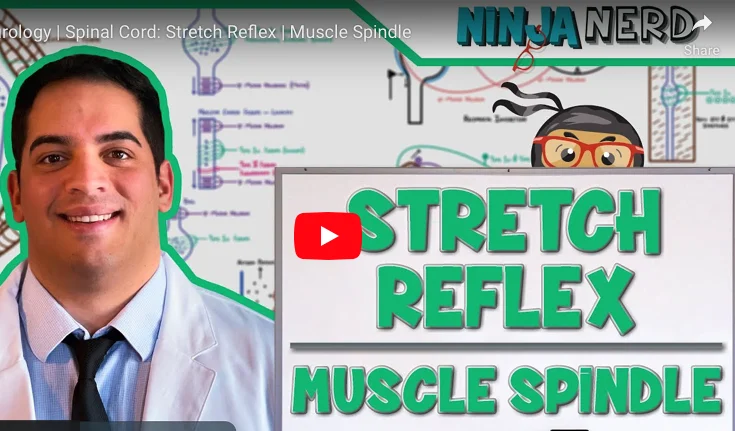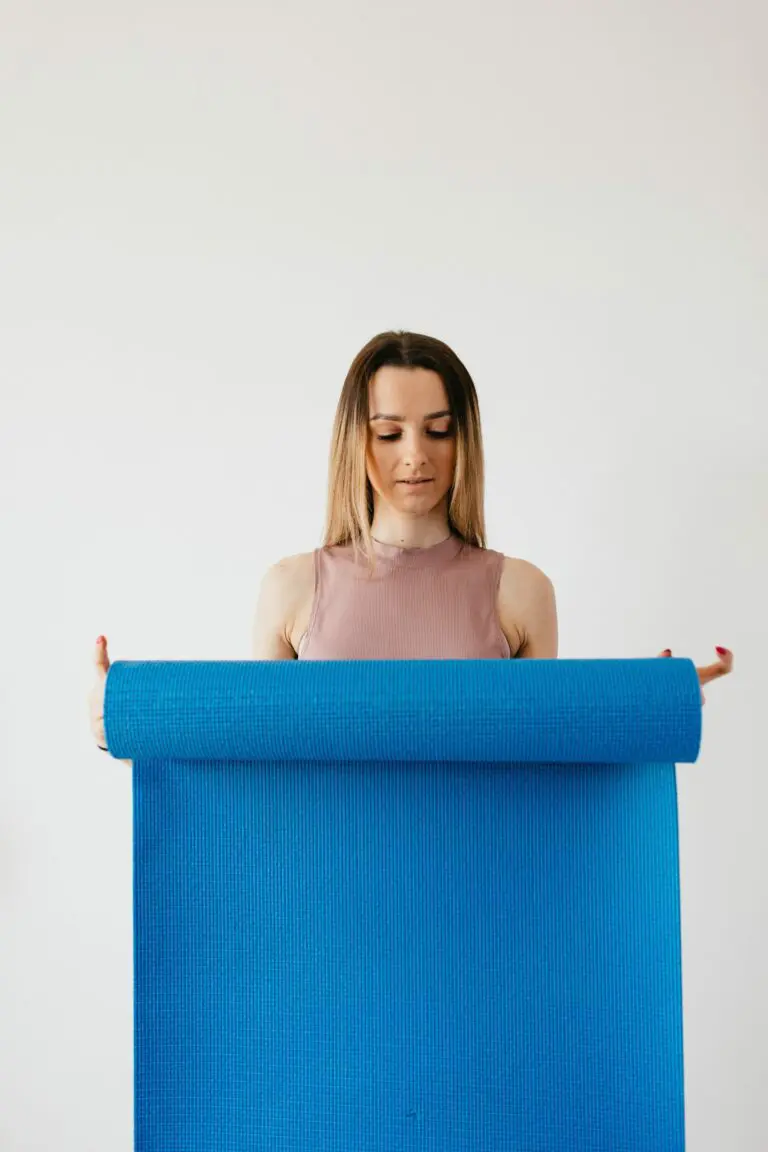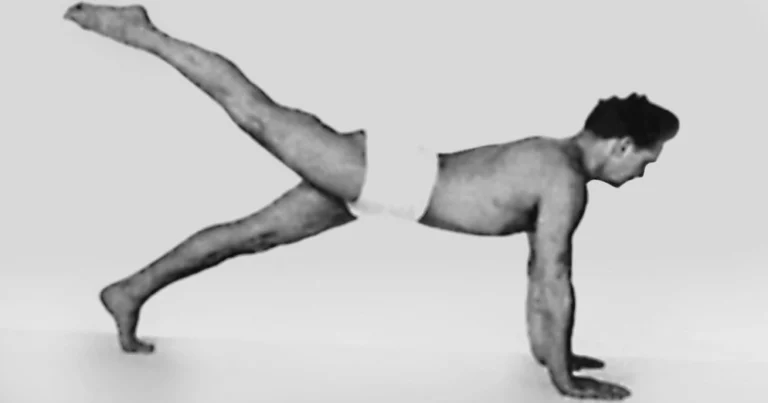This is a list of recommended readings, PDFs, and viewings for students of my courses in exercise science. You’ll find them grouped according to topic (e.g., muscular system or tendons), and then they’ll be divided among books, video materials, websites, and articles.
Muscular System
Steven Vogel. Prime Mover: A Natural History of Muscle (New York: WW Norton & Company, 2001). Whole book is of great interest. Chapter 2 “How Muscle Works” goes into good detail of composition of muscle and biochemistry behind muscle movement.
Schmidt, Richard, and Tim Lee. Motor Learning and Performance: From Principles to Application. 6th ed. Human Kinetics Publishers, 2019.
Important contents: Ch. 7 “Individual Differences,” Ch. 8 “Introduction to Motor Learning,” Ch. 9 Skill Acquisition, Retention, and Transfer,” Ch. 10 “Organizing and Scheduling Practice” are very practice-oriented, and Ch. 10 “Augmented Feedback” is relevant for teachers.
Kendall, Florence Peterson, Elizabeth Kendall McCreary, Patricia Geise Provance, Mary Rodgers, and William Anthony Romani. Muscles, Testing and Function: with posture and pain. Baltimore, MD: Williams & Wilkins, 1993.
Overview: This is a classic text on how to test muscle strength and address postural imbalances. It is fundamental to considering therapeutic aspects of somatic practices. (My copy is completely dog-eared and underlined!)
https://openstax.org/books/anatomy-and-physiology/pages/10-2-skeletal-muscle
This is a university-level textbook available for free. Great information (quite in depth) and decent illustrations.
Hand-animated videos on muscle contraction by Armando Hasudungan
These are great videos in that you get to watch Armando draw as he’s describing the muscle’s composition and actions. It gets into a lot detail for those who are interested in the chemistry at work in muscle contraction.
- a) Myology – Skeletal Muscle Contraction
- b) Myology – Skeletal Muscle (Sarcomere, Myosin and Actin) https://www.youtube.com/watch?v=MZJ6kTKDFmw&list=LLvgV6GefrayJxY6Q-pGvPHA&index=2&t=0s
How your muscular system works – Emma Bryce
General overview of skeletal muscle function.
For a deeper level of teaching, this video begins with the basic structure of muscle tissue and then has wonderful animation showing the biochemical processes at work making a muscle contract: “Muscle Contraction Process [HD Animation]” https://www.youtube.com/watch?v=ousflrOzQHc
If you want more detail on the biochemistry at work when muscles contract: “The Mechanism of Muscle Contraction: Sarcomeres, Action Potential, and the Neuromuscular Junction”
Myology | Muscle Mechanics | Twitch, Summation, & Tetanus | Part 1 https://youtu.be/MLSxhTGkkPc Duration: 35:25 Level: advanced Although most of this video is very good, there is a major problem in that it shows two motor neurons activating the same muscle fiber (around 23:50). In reality, only one neuron can activate (or innervate) a muscle fiber. Ignore the talk of different neurons and imagine that the action-potentials are all coming from the same neuron to make it more accurate.
Myology | Muscle Mechanics | Multiple Motor Unit Summation | Part 2 https://youtu.be/k-17vtGaLqM Duration: 26:29
https://www.khanacademy.org/science/biology/human-biology#muscles
This is a very in-depth series
“Muscles, part 1 – Muscle Cells: Crash Course A&P #21”
https://www.youtube.com/watch?v=Ktv-CaOt6UQ This is fast and information-packed…too much so to make much sense if the terms are new. I’d recommend either 1) watching after you’ve done some of the other readings and/or viewings as a way of seeing it all go together or 2) watching it as you’re starting out if you’re the kind of learner who likes to have an overview before going into details.
Connective Tissue
Juhan, Deane. Job’s body: A Handbook for Bodywork. Barrytown/Station Hill Press, 2003.
Myers, Thomas W. Anatomy Trains: Myofascial Meridians For Manual And Movement Therapists. Elsevier Health Sciences, 2013.
Myers, Thomas. “Fascial fitness: Training in the Neuromyofascial Web.” IDEA Fitness journal 8, no. 4 (2011): 36-43. PDF Link.
Myers, Thomas, and James Earls. Fascial Release for Structural Balance. North Atlantic Books, 2017.
Tendons
There’s a lot that we’re still figuring out about tendons, so this is a field where looking at more current literature is especially helpful.
Video
“The Basic Science of Tendons & Tendinitis”
(https://www.youtube.com/watch?v=hdes6W76OOw)
Duration: 3:34
Level: Basic
This is a great, quick, and cute animation on the subject.
“Achilles Tendon Stress & Strain – Everything You Need To Know – Dr. Nabil Ebraheim”
Duration: 4:23
Level: Intermediate/Advanced
This has uses some advanced terminology which we’ve not covered, but you should be able to follow along. Brief, helpful discussion of Achilles tears and “Weekend Warrior Syndrome”
“Tendon anatomy”
Duration: 17:20
Level: intermediate
Slower-paced, so you can process while learning. Clear presentation with animation by the presenter.
“Physiology of tendon healing” https://www.youtube.com/watch?v=zSwwvit00mg&t=1s
Duration: 14:54
Level: intermediate to advanced
Great examination of tendon injury and healing.
Scientific Publications:
Canata, Gian Luigi, Pieter d’Hooghe, and Kenneth J. Hunt, eds. Muscle and Tendon Injuries: Evaluation and Management. Springer, 2017. Great, very current resource with chapter breakdown of biomechanics, injury, healing, etc. Great illustrations.
Maffulli, Nicola, Per Renström, and Wayne B. Leadbetter. Tendon injuries. Springer-Verlag New York Incorporated, 2005.
Young, Michael, and L. Michael. “A review on postural realignment and its muscular and neural components.” British Journal of Sports Medicine 9, no. 12 (2002): 51-76.
http://www.elitetrack.com/article_files/posture.pdf
Thorpe C.T., Birch H.L., Clegg P.D., Screen H.R.C. (2013). The role of the non-collagenous matrix in tendon function. Int J ExpPathol. 94;4: 248-59)
Silver, F. H.; Freeman, J. W.; Seehra, G. P. (2003).
“Collagen self-assembly and the development of tendon mechanical properties”. Journal of Biomechanics. 36 (10): 1529–1553. doi:10.1016/S0021-9290(03)00135-0. PMID 14499302
On Slow and Fast Twitch Muscles:
Type 1 and type 2 muscle fibers | Muscular-skeletal system physiology | NCLEX-RN | Khan Academy. https://www.youtube.com/watch?v=l5yMz2lFgx0
Scientific Journalism:
Lee, Sabrina SM, and Stephen J. Piazza. “Built for speed: musculoskeletal structure and sprinting ability.” Journal of Experimental Biology 212, no. 22 (2009): 3700-3707.
Andersen, J.L., Klitgaard, H. and Saltin, B., 1994. Myosin heavy chain isoforms in single fibres from m. vastus lateralis of sprinters: influence of training. Acta Physiologica Scandinavica, 151(2), pp.135-142.
Cristea, Alexander, M. T. Korhonen, Keijo Häkkinen, Antti Mero, Markku Alén, Sarianna Sipilä, J. T. Viitasalo, M. J. Koljonen, Harri Suominen, and Lars Larsson. “Effects of combined strength and sprint training on regulation of muscle contraction at the whole‐muscle and single‐fibre levels in elite master sprinters.” Acta Physiologica 193, no. 3 (2008): 275-289.





